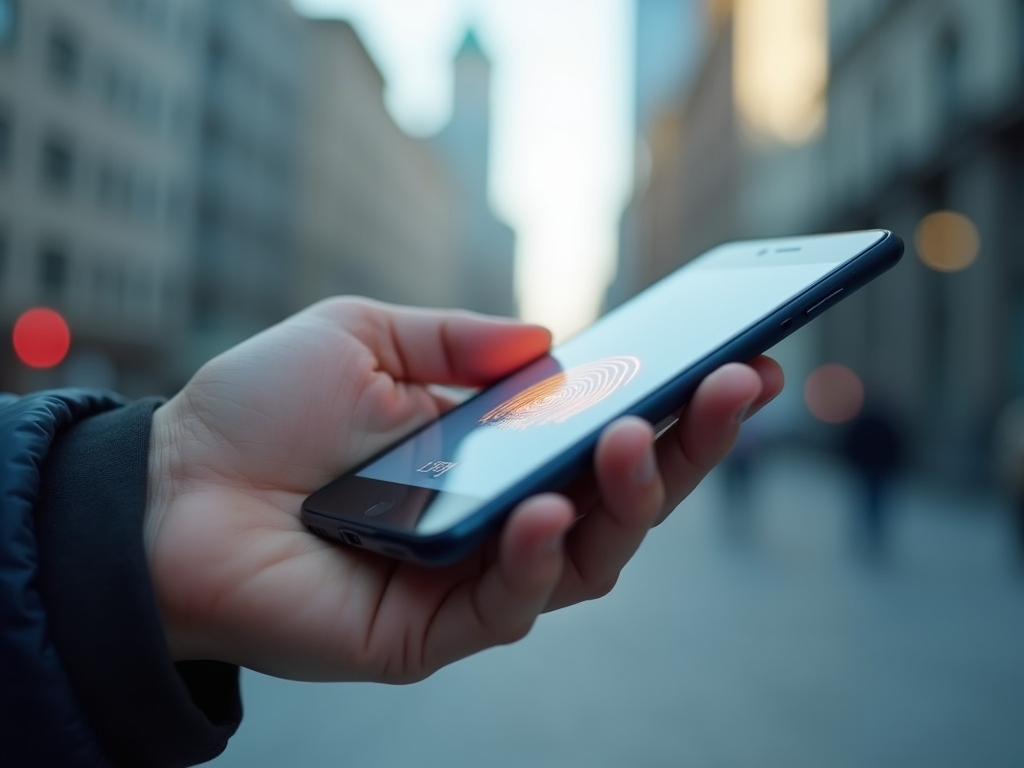Keeping your apps secure is crucial in today’s digital age, as having the wrong people access your information can lead to privacy breaches. Fortunately, you can easily add an extra layer of security by implementing a password or fingerprint lock on apps on your Android device. This article will guide you through five effective methods to secure your apps, enhancing peace of mind and protecting your personal information.
1. Using Built-in App Lock Features

Many Android smartphones come with built-in app lock features that allow users to lock individual apps with a password or fingerprint. Most manufacturers such as Samsung, Huawei, and Xiaomi provide this functionality directly within the device settings. To enable it:
- Go to your device’s settings.
- Look for the “Security” or “Biometrics & Security” section.
- Select “App Lock” or similar options.
- Choose which apps you want to lock and set your password or fingerprint.
This method is highly recommended as it utilizes the phone manufacturer’s security protocols, ensuring a high level of safety.
2. Third-Party App Lock Applications
When your Android device does not have a built-in app lock feature, you can download third-party applications from the Google Play Store. These apps offer more customization and features compared to native solutions. Popular app lockers include AppLock, Norton App Lock, and Smart AppLock. To use them, follow these steps:
- Visit the Google Play Store and search for a reputable app lock app.
- Download and install the app on your device.
- Open the app and follow the setup instructions to lock your chosen apps.
- Set a password or fingerprint as per the app’s feature offerings.
These apps often provide additional features such as intrusion detection and fake cover, adding another layer of protection for your applications.
3. Google Play Protect and Family Link
Google Play Protect is an Android’s built-in security system that scans apps to ensure that they are safe. While it does not lock apps, pairing it with Google’s Family Link can create a secure environment for app control, especially on children’s devices. Here’s how:
- Set up the Family Link app and link your child’s device to your account.
- Use Family Link settings to manage app permissions and screen time.
- Activate alerts whenever a new app is downloaded or accessed beyond set limits.
While not a direct app lock, this approach monitors app activity effectively, safeguarding your device from unauthorized access, especially when used by minors.
Some Android devices, especially Samsung ones, offer a Secure Folder feature which allows users to keep selected apps and files hidden behind an extra layer of security. Here’s how to set it up:
- Open the Secure Folder from the app menu.
- Follow the prompts to set up the folder with a password, PIN, or fingerprint.
- Add apps and files you want to keep secure within this folder.
Placing your apps inside the Secure Folder ensures they can only be accessed with the set security credentials, protecting your sensitive information effectively.
5. Advanced Settings for Enterprise Users
For business users, privacy and data protection are paramount, and leveraging advanced security settings can be beneficial. Devices managed under Google’s Enterprise Protection Plans or those running enhanced security apps can often control access to sensitive business apps through robust enterprise settings such as:
- Using Mobile Device Management (MDM) solutions to remotely lock apps.
- Implementing advanced password policies for all users.
- Setting up app data encryption for business-critical apps.
These enterprise features help organizations maintain a high security standard by ensuring only authorized personnel can access specific apps, thereby maintaining confidentiality and security.
Conclusion
Implementing password or fingerprint locks on Android apps elevates the security of personal and sensitive information. Whether you utilize built-in features, apps from the Play Store, or more advanced settings for enterprise users, securing your applications is both beneficial and necessary. By understanding and following the above methods, you can easily protect your personal data from unauthorized access and keep your digital life safe.
Frequently Asked Questions
1. Can I lock apps without a third-party app?
Yes, many Android phones have in-built app lock features in their settings which allow users to set passwords or fingerprint locks on individual apps without using third-party applications.
2. Is it safe to use third-party app lockers?
While reputable third-party app lockers from the Google Play Store are generally safe, it is essential to check reviews, ratings, and app permissions before downloading to ensure security.
3. What should I do if I forget the password for my app lock?
Most app lockers provide an option to reset the password through security questions or via email verification. Refer to the specific app’s support section for guidance.
4. How do I disable app lock if needed?
You can disable app locking by navigating to the app lock settings either within your device or through the third-party application, and turning off the lock feature for specific apps.
5. Will app locks slow down my phone?
Generally, app locks don’t significantly impact phone performance. However, using too many security applications concurrently might affect the device’s speed. It’s optimal to use reliable and efficient apps.





